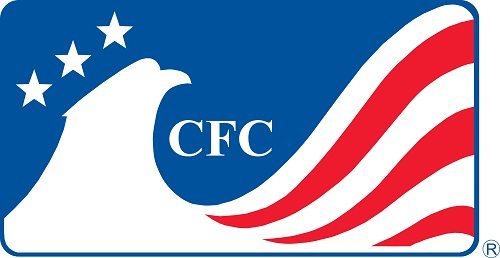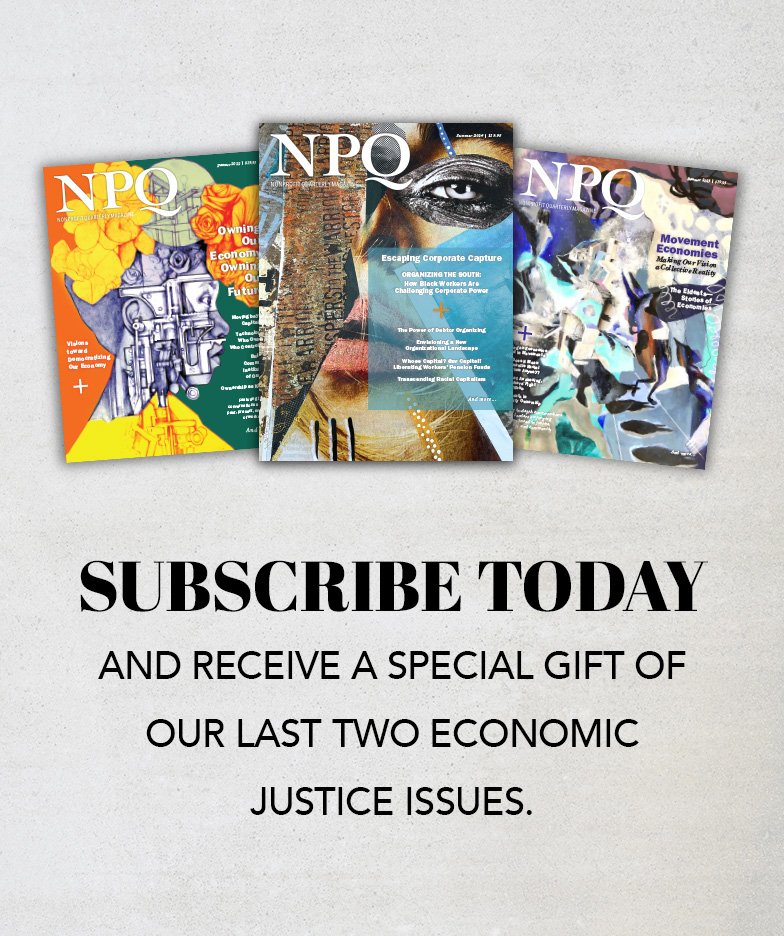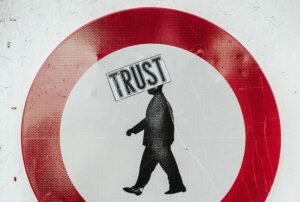
April 22, 2013; Government Executive
Federal employees who give through the Combined Federal Campaign (CFC) gave 5.3 percent less in 2012 than they did in 2011 and many fewer gave at all.
The Office of Personnel Management produced the results which were published here by Government Executive. Perhaps more alarming than the dollar drop of $14.3 million is the fact that the number of federal employees contributing declined from 959,210 in 2012 to 848,150 in 2011. This, says the article indicates that the participation rate was around 21 percent.
Sign up for our free newsletters
Subscribe to NPQ's newsletters to have our top stories delivered directly to your inbox.
By signing up, you agree to our privacy policy and terms of use, and to receive messages from NPQ and our partners.
The average gift was $304.50, and uniformed personnel had the highest participation rates in last year’s charity drive. Nearly 475,000 military personnel—or 21.8 percent of those solicited—contributed to the 2012 campaign. There were 276,818 employees at other federal agencies who contributed, along with 96,620 members of the U.S Postal Service.
An OPM spokeswoman commented that in spite of the decline 2012 was “still among the top ten highest years of giving.”
One wonders how the campaign will do in the coming year in light of the fact that the Workplace Giving Alliance issued a report in January that found that certain federations of charities were taking a “piece off the top” before passing the donations along to recipient organizations and that the ways in which such levies were described were less than transparent. Organizations are allowed to apply to the CFC either through a federation or on their own. Federations must represent 15 groups and there were 42 of them at the point that the study was done, both national and international. In April the OPM issued the CFC-50 report followed by a proposed rule in the Federal Register, which outlined reforms that, according to the same unnamed spokeswoman, would ensure that donations would go to charity.
NPQ has been watching to see what will occur with workplace giving campaign in the context of such a different giving environment. We will continue to track this.—Ruth McCambridge













